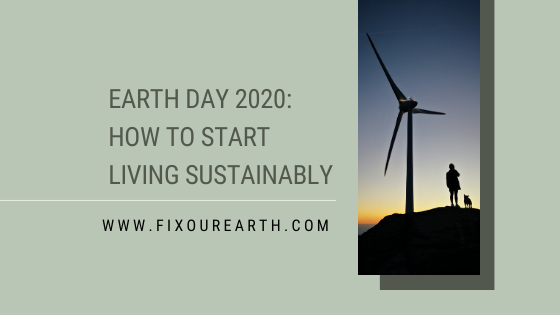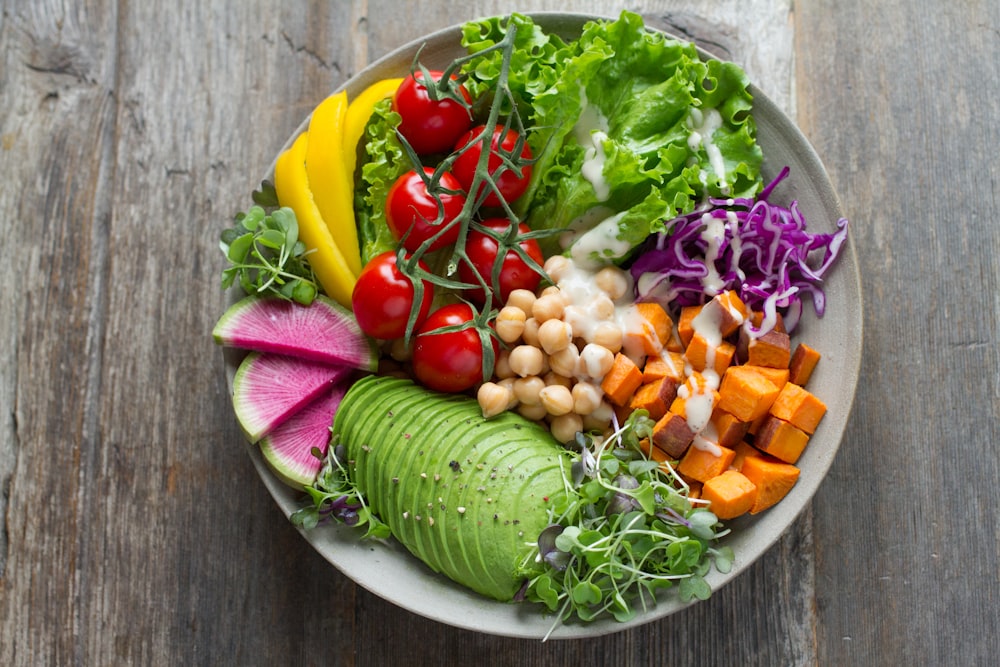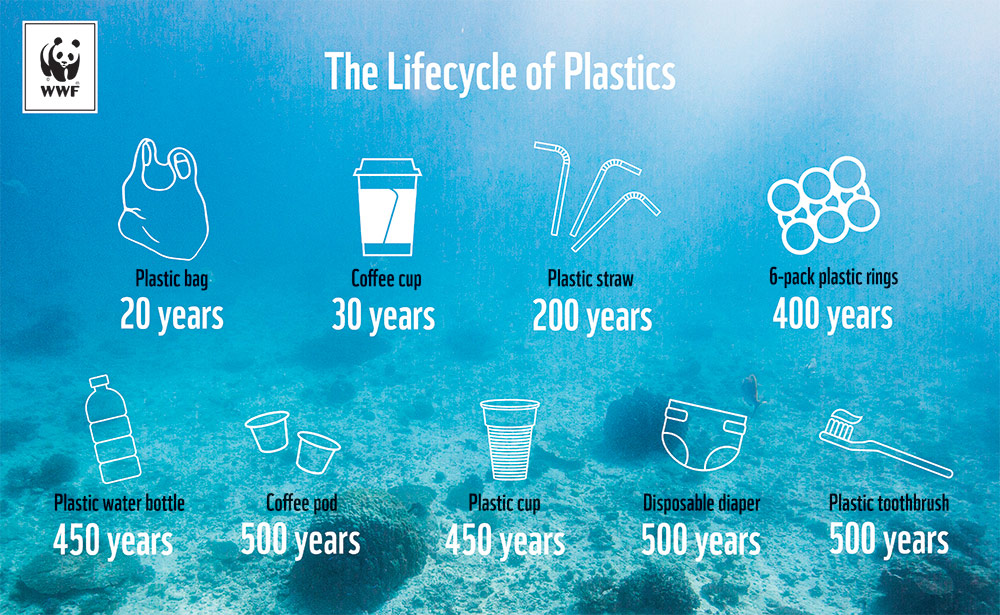Earth Day 2020: How to Start Living Sustainably

Happy Earth Day!! In honor of the best holiday of the year, I wanted to write a post that is a sustainable lifestyle “how-to.” I know that change is scary. As we learn more about climate change, it becomes apparent that we need to change the way we live if we want to avoid the drastic projections. Here’s the thing: if ALL of us were able to come together to flatten the COVID-19 curve, what is stopping us from changing our lives to save the environment? We have proven that we can do this. Now, we have to follow through. This post provides you with a blueprint for reducing your environmental impact.
Assess your waste. Something we can directly control is how much we throw out. If you identify something you throw out really often, like paper towels or q-tips, simply swapping that item out for its reusable alternative will make a measurable impact (paper towels, cotton swabs). Whether you finish a trash assessment or mentally monitor your waste over time, the results will lead you to a more sustainable lifestyle.

Use what you have before you buy the replacement. What’s worse than throwing out a shampoo bottle? Tossing one that that’s filled with shampoo because you want to begin using a shampoo bar immediately. Get through all the samples of hotel shampoo and lotion you’ve been collecting. Finish you dentist office stash of floss. Finish all your disposable K-Cups. Then, implement your eco-friendly swap. You might not even have to buy something. There is probably so much in your home already that can help you live sustainably.
Read books, articles, and blogs about environmental issues. Once you learn that something you do is bad for the planet, it is difficult to continue living that way. You’re reading this post, so you’ve already started! I recently created My Green Bookshelf, where you can find all the environmental books that have taught me something.

Reduce how often you consume animal products. Meat production is a large contributor to global warming and pollution. When forests are cleared to raise livestock, the planet loses vegetation that removes carbon and it is replaced with a system that creates an excess of greenhouse gases. Additionally, our food system prioritizes low expenses over humane animal treatment. Cows, for example, are given feed that upsets their digestive system and leads to methane release (yes, burps and farts). If you want to learn more about the carbon footprint of eating animal products, read this Environmental Working Group report.
You do not have to adopt a vegetarian or vegan diet, but you can pinpoint where you are comfortable reducing or eliminating animal products. Participate in Meatless Mondays or pick a mealtime, like lunch, where you commit to a plant-based meal. Your diet is where you hold the most individual control in fighting this climate crisis.

Most importantly, follow this simple exercise: every time you buy something, learn to consider the environmental impact of the item. You can start small, but it will pertain to everything: rugs, furniture, clothes, soaps, accessories, foods, etc. It should be up to the corporations producing these items to disclose the necessary information to us, but they do not. So, it is on our shoulders to learn what we need to in order to make the most informed and eco-friendly choices within our reach.
- What is going to happen to this item when I am done with it?
- Donate? Landfill? Can it be recycled? Will it ever need to be replaced?
- Who was involved in the production of this item?
- Does it have a fair trade certification? Could the workers have been exploited?
- What kinds of resources went into this item?
- How long will this item be on the planet? Will it outlive me?
- This question almost always prevents me from using disposable plastic such as water bottles, plastic cutlery, plastic bags, etc.

We can do this! We have proven that communities around the globe will cooperate to save lives. Get your loved ones involved and together we can fix our earth ?
